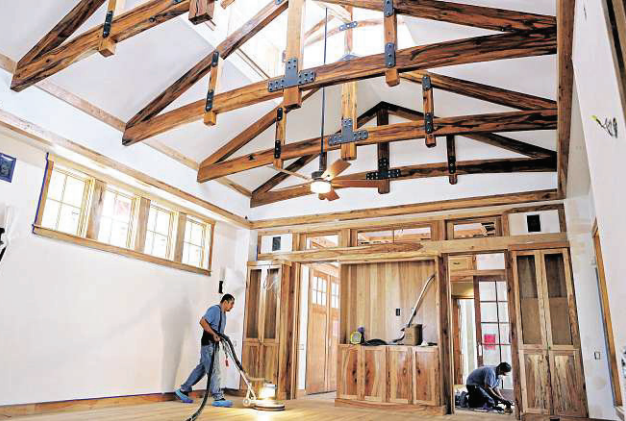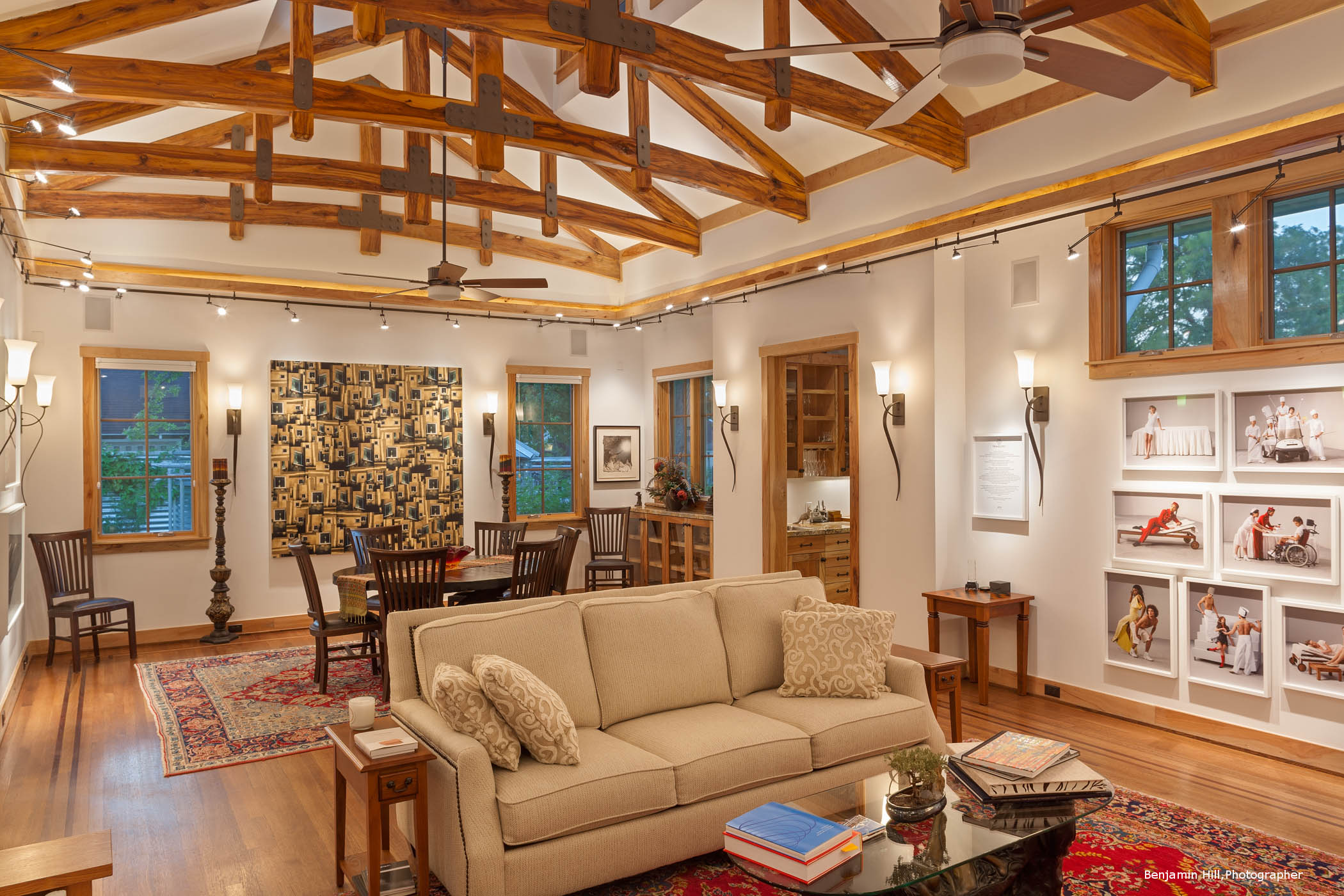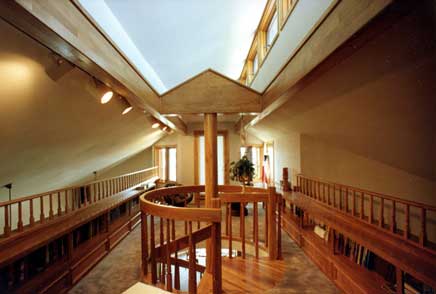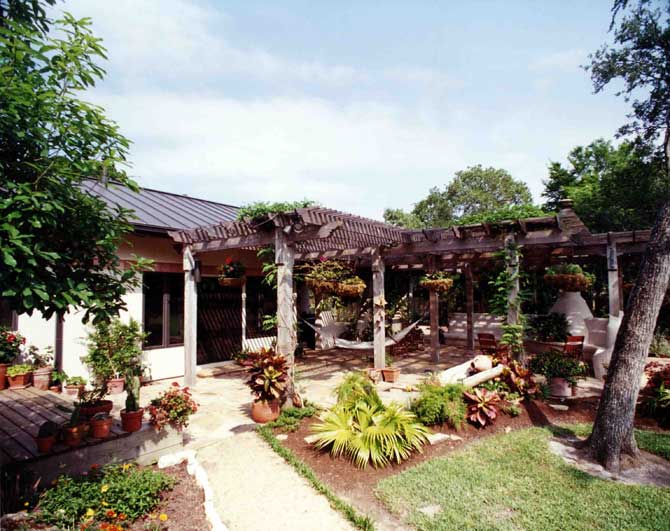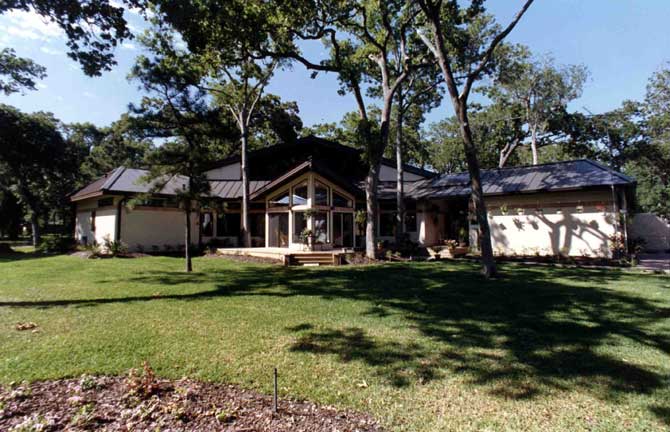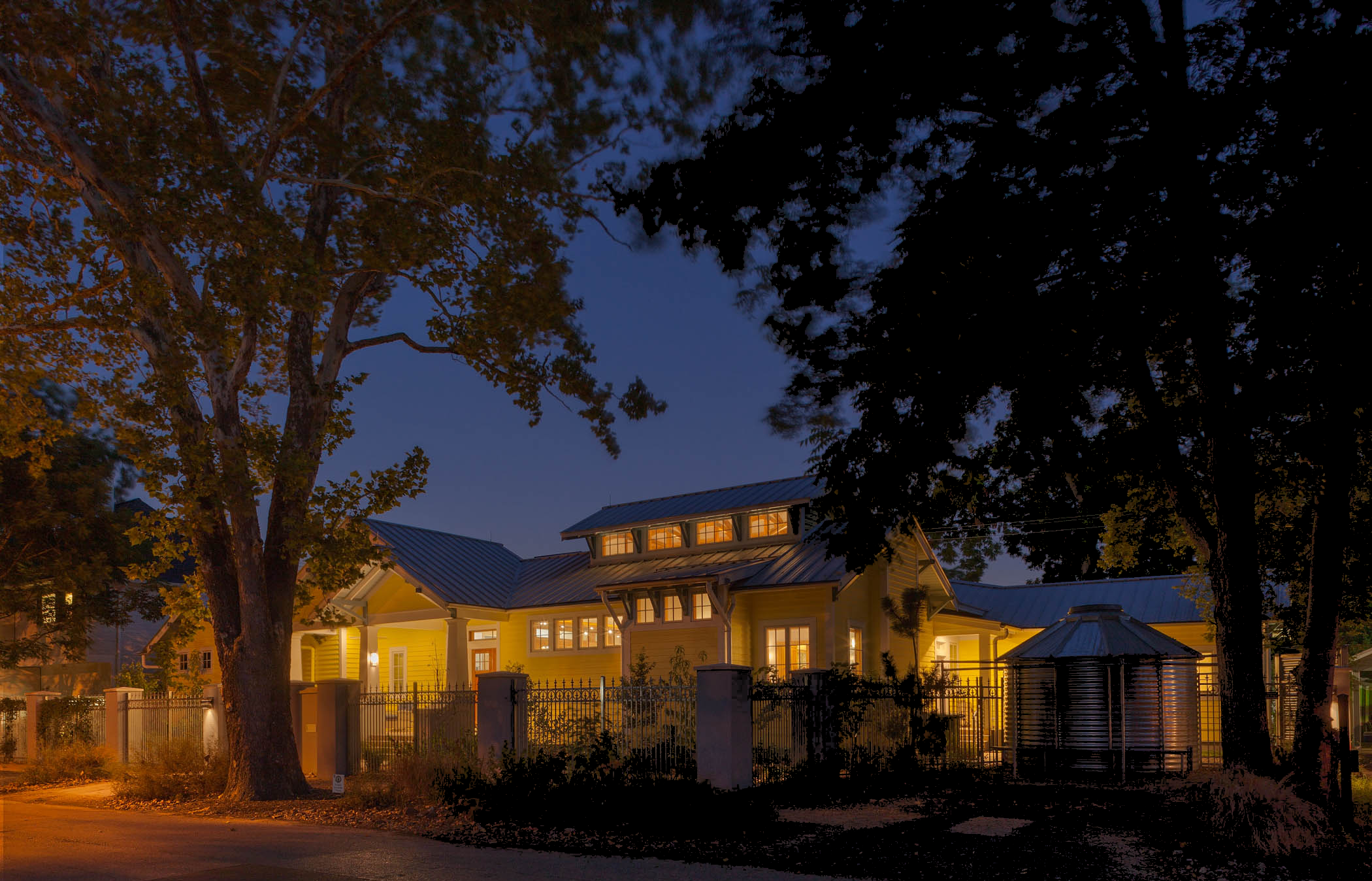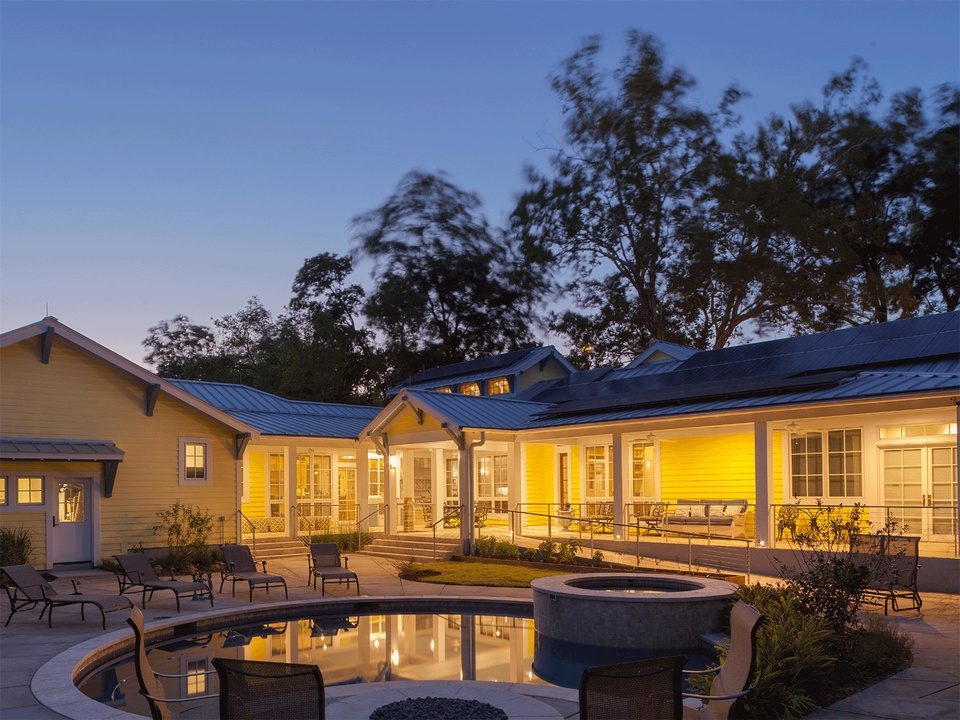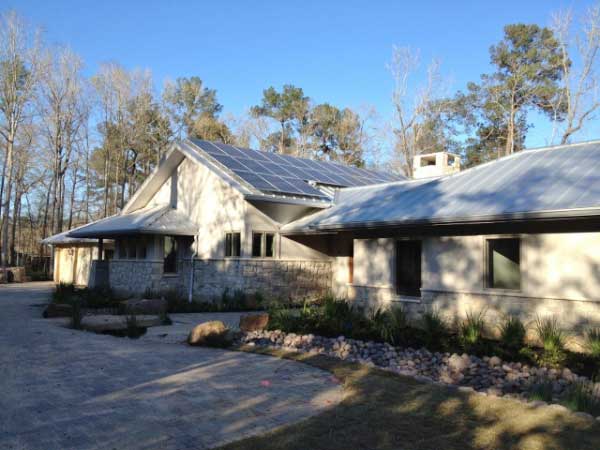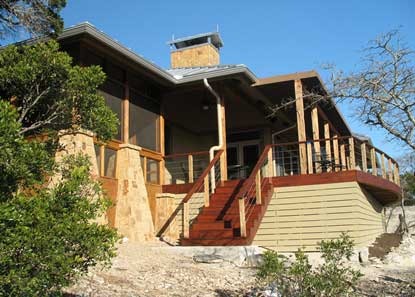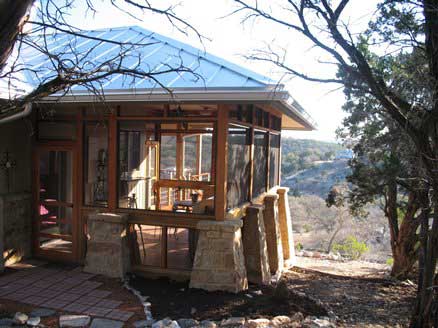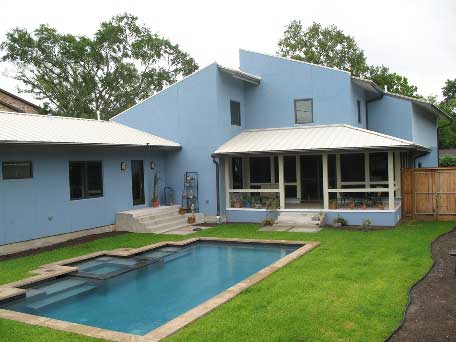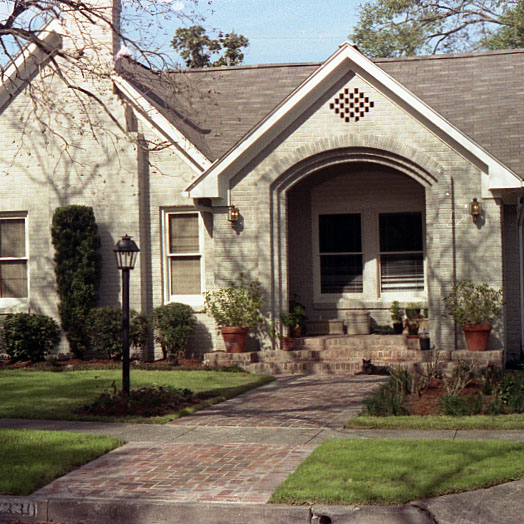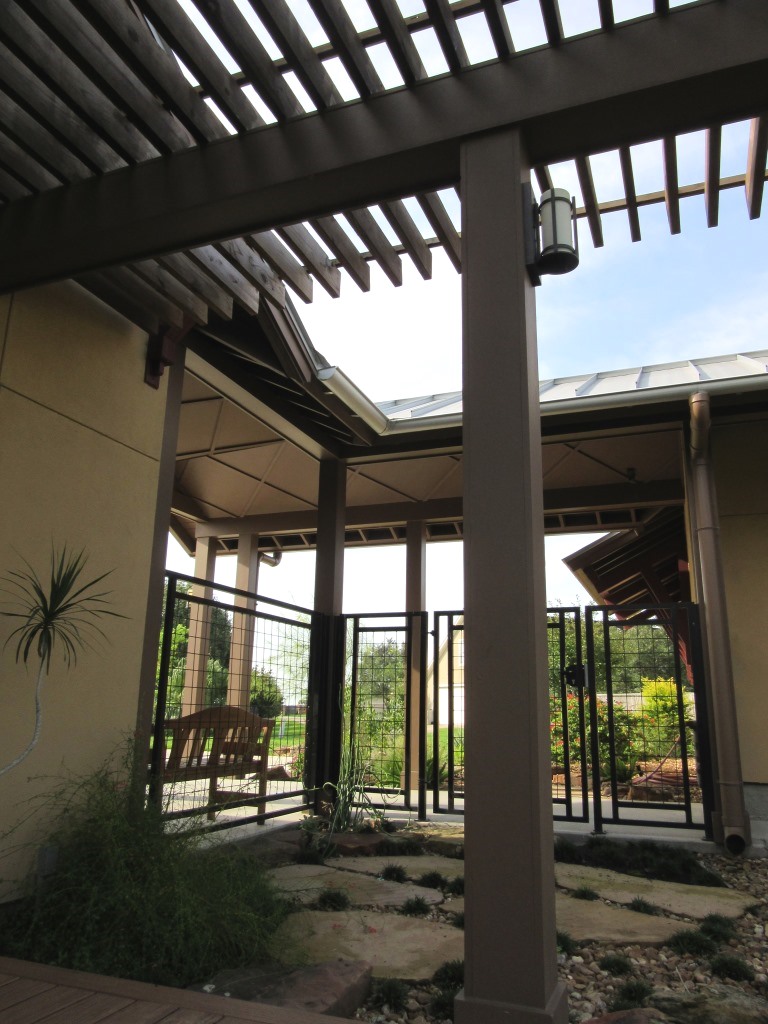| This is the 499th story of Our Life Logs |
My name is Catherine, and I grew up in a tiny village in Ireland in the 1970s. My dad and brother worked on our farm while my mom owned and operated the local grocery store. Our house was attached to the store, so, naturally, as a child and as a young adult, I spent a lot of time in the store, helping mom. To keep the store looking fresh, mom replaced the vinyl floor every couple of years. Dad raised all our food on the farm, so preservatives rarely made it into our diets. We were a healthy, happy family.
After secondary school, I attended college in Dublin to study fashion design, where I had the opportunity to spend a summer in the US on a student visa. That summer, I discovered that the fashion industry in New York was way more advanced compared to Ireland’s, so, as soon as I finished college in 1990, I jumped on the first plane to New York to pursue my dreams.
The fashion industry was challenging to break into, but eventually an internship led to a full-time job and my life in New York started to come together. For the next decade, my career thrived, but I realized it was an exhausting time. I longingly thought back to the days of working in Mom’s store and seeing all of the backpackers who came through there. I realized that while I enjoyed my time in fashion, I really wanted to do something else—travel. Shortly afterwards, I quit my job and started backpacking the world.
I traveled every continent except Antarctica, and every place I visited, I stayed long enough to absorb its culture. In 2003, I visited Seville in southern Spain. Wanting to experience the culture as much as possible, I signed up for a class to learn Spanish. It was through the school that I met Don, an incredible roommate, who would later become my wonderful husband.
In 2004, after finishing our language studies, we returned to the US together and settled in Austin, Texas, where Don’s family lived. Soon, Don proposed, and of course, I said yes! After years of seeing the world, I was ready to start this new chapter of my life. Little did we know that it wasn’t going to be a smooth ride.
Shortly after moving to Austin, I went for a regular mammogram check-up. I thought nothing of it, of course. Until the exam brought horrible news.
“Catherine, you have cancer,” my doctor told me. “I’m so sorry.”
In that moment, it felt like time screeched to a halt. I was completely blind-sided as there were no warning signs. “How is that possible?” I asked. “I’m only in my 30s! I’m active, I’m healthy…I’m supposed to be getting married soon!” I answered in disbelief.
My panic subsided slightly when the doctor said, “Luckily, we caught your cancer early. If we take you into surgery, we have a good chance of successfully getting rid of it.”
My heart was beating rapidly as the days passed until my surgery. Thankfully, the surgeons were able to successfully remove all of the cancer, and I was given a second chance at life. The recovery was tough but short, and life continued as usual. Don and I finally got married, and we spent the next decade enjoying our new life together, cancer-free.
Looking back, I didn’t fully appreciate the gravity of the situation and the gift that life had given me. I didn’t consider that there was a risk of resurgence and that I needed to make some major changes in the way I lived to protect my body. But eventually, life nudged me to learn my lesson.
At age 45, I went for another routine mammogram. Since the cancer had been taken out all those years ago, I thought little of these appointments. But I shouldn’t have sat in that comfort.
My doctor sighed and said, “Catherine, the news is not good.”
I knew what was going to be said before the words exited her lips. My cancer had returned. And with this news came a deafening silence as I sat in shock, while off in the distance I heard the words, “chemotherapy”, “radiation” and “mastectomy.” My doctor talked and explained, but my mind had checked out from the shock.
I was brought back to the present when she said, “Would you like me to refer you to some doctors?” That’s when I knew this second time was going to be more severe. This time, they may not be able to kill it before it kills me.
I’d been given a second chance at life. I never took that fact as seriously as I should have. Now, my life was potentially ending, and I hadn’t even done all the things I’d wanted to yet. Would I ever grow old with my husband? Would I ever get to retire? I was terrified. I loved my life with Don and I didn’t want it to end. I had to do what I could to fight!
To help my condition, I started researching my options. Although, it is hard to research when you are in panic mode. MD Anderson Cancer Center in Houston was closer, but I decided to attend Cancer Treatment Centers of America (CTCA), located in Tulsa, Oklahoma. It was an eight-hour drive from Austin, but I wanted the best possible care. CTCA provided a more holistic approach to treatment and recovery which I thought would give me a better chance at survival.
The first time we drove to CTCA, I had a panic attack in the last hour of the drive.
“I don’t think I can do this,” I cried.
Don was calm and supportive. “We can turn around if you want to,” he said as he pulled off the road.
“I can’t do this. Let’s go back home,” I answered.
Hearing the trepidation in my voice, Don started the seven-hour drive back to Austin. On the way, however, we talked more about the treatment and how it was the best option. Talking about it with Don put me at ease, and eventually, I decided to go through with the chemotherapy.
Over a period of four months, Don and I drove to Tulsa every other weekend. We would leave Austin on Thursday afternoon to make it to CTCA for my Friday chemo session. We would stay there Saturday to give me a day’s rest and return to Austin on Sunday.
This time around, the treatment and recovery were brutal. While the first four rounds of chemotherapy went as planned, I had a terrible reaction to the fifth and sixth rounds. After those rounds, I couldn’t walk or sit without the help of a wheelchair. The doctors weren’t sure if I would ever fully recover and walk again. The effect on my body was so debilitating, it was unclear if I’d even make it out alive this time. The thought of potentially dying was ghastly, and I was flooded with guilt. I had treated my second gift of life frivolously and now, a third chance at life seemed unlikely.
Still, I wasn’t ready to give up. And with Don by my side, I fought tirelessly with what little energy I still had. All that fighting and all those tears eventually paid off when one day, after finishing my chemotherapy and radiation, the doctor gave me good news.
“There is no [cancer] evidence detected,” he told me. “Just so you know, we don’t know if that means the cancer is gone completely or we just don’t have the machines capable of detecting it yet.”
I balled my eyes out and fell into Don’s arms. Those words were invaluable to me. Most people don’t get a second chance, and here I was on my third. This time, I fully understood that even though the cancer was gone, I was still at a huge risk of recurrence. I needed to not only live life to the fullest, but also get a better understanding for why I had a recurrence and how I could prevent yet another one.
I soon learned that genetics are responsible for only about 10% of all cancer cases, whereas the remaining 90% have their roots in the environment and lifestyle—conditions that are often within our control. Not surprisingly, CTCA emphasized one environmental factor that we have a lot of jurisdiction over—what we eat. I had always considered myself a healthy eater. Since Dad had a farm and raised most of our food, we made most of our meals from scratch. When I came to the U.S., I would go to Mrs. Green’s organic supermarket to stock up on organic ingredients and produce. While traveling around the world, most places I stayed had kitchens where I was able to cook my meals. But in my research, I found that veganism can also help reduce the chances of cancer recurring. I realized that even though I ate well, I could still improve my diet quite a bit, and I started following veganism much more rigorously.
In addition, I found that our home environments often have toxic chemicals that contribute to cancer. There is strong evidence that the toxic off-gassing released by vinyl flooring causes cancer. Reading this, I was immediately transported back to mom’s grocery store. Every few years she replaced the vinyl on the shop floors. I had spent hours daily standing on those brand-new vinyl floors; I can still smell the smell. Perhaps it was no coincidence then that I had cancer…twice.
I was flooded with feelings of anger when I discovered this—not at my mom, but at the manufacturers. Why would they produce something so toxic and allow people to put it in their homes and offices? Vinyl floors aren’t the only danger though. We are surrounded by perfectly legal yet extremely toxic items in our home environments, like air fresheners that contain toxic chemicals.
Fortunately, I learned that there are many safe alternatives available. As I removed the toxic chemicals from our home, I started to build up a directory of green professionals and products, such as homebuilders who used natural materials and stores that sell safe products. It was then that I realized how much of a need there is to share this information with others. Perhaps this is what I was meant to do with my third opportunity at life?
Understanding how much help others need in detoxifying their homes motivated me to start my company, Green For A Reason, in 2014. The company provided me with a platform to become a storyteller and an educator. Taking one step at a time—I’m trying to change the way people think about every aspect of their lives, from the homes that they live in, to the lotion that they use. I believe this is my calling. If someone with this knowledge had been there to advocate for my health and safety back in my childhood, maybe I wouldn’t have gotten this horrific disease twice.
Since life has given me three opportunities, I’m doing all I can to make this one count. Often though, we don’t get three opportunities. We get one, maybe two if we are lucky. So I ask you to consider, what are you doing with your current opportunity? If the answer isn’t what you’d want it to be, I encourage you to change paths and follow your dreams and callings, because we never know how long we have.
This is the story of Catherine O’Toole
Catherine is the founder and owner of Green For A Reason, a company that empowers consumers to easily find environmentally safe, sustainable products and experienced green professionals dedicated to building less toxic homes. She is a speaker, consultant, health advocate, environmental warrior, and a storyteller, teaching people about cancer and other disease-causing chemicals in their homes. After surviving breast cancer twice and realizing that toxic chemicals in her home may have caused her illness, she now shares tips and knowledge with others on how to easily remove some of these toxic chemicals from our daily environments. Catherine currently lives in Austin, Texas and loves rowing on Lady Bird Lake on the weekends with fellow cancer survivors who are all members of Capital of Texas Team Survivor of which Catherine is President.
Learn more about Green For A Reason at: http://www.greenforareason.com/.
This story first touched our hearts on December 30, 2019.
| Writer: Joanna Tychowski | Editor: Kristen Petronio |





